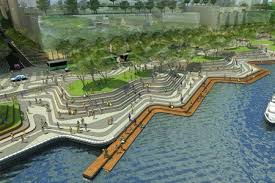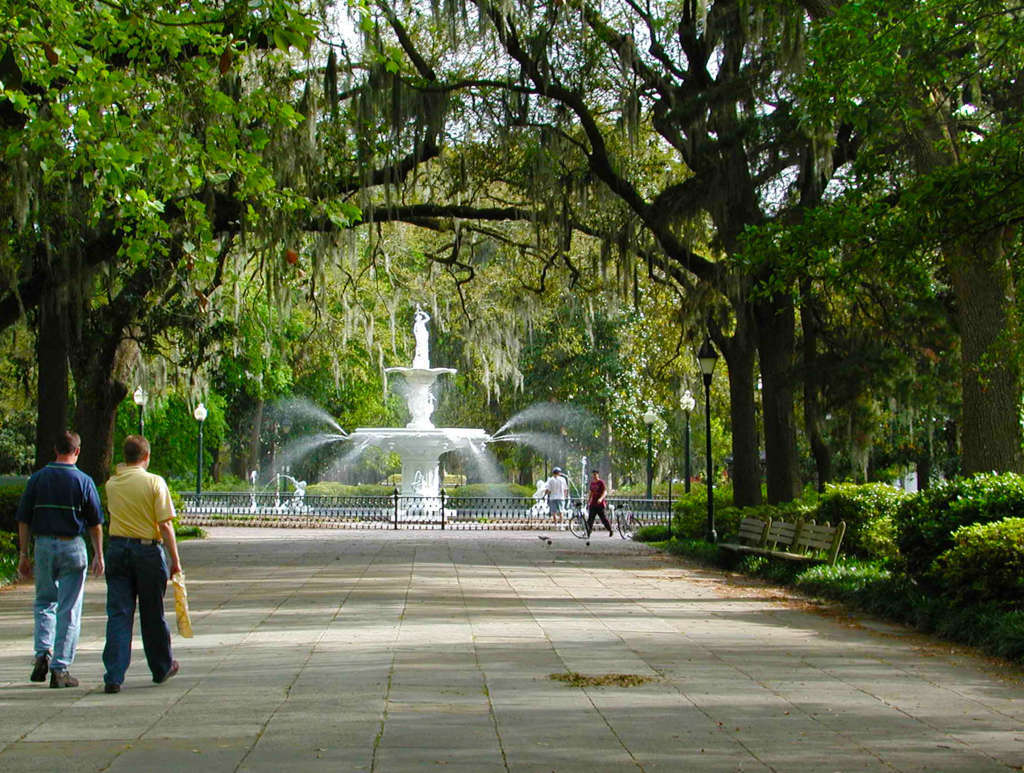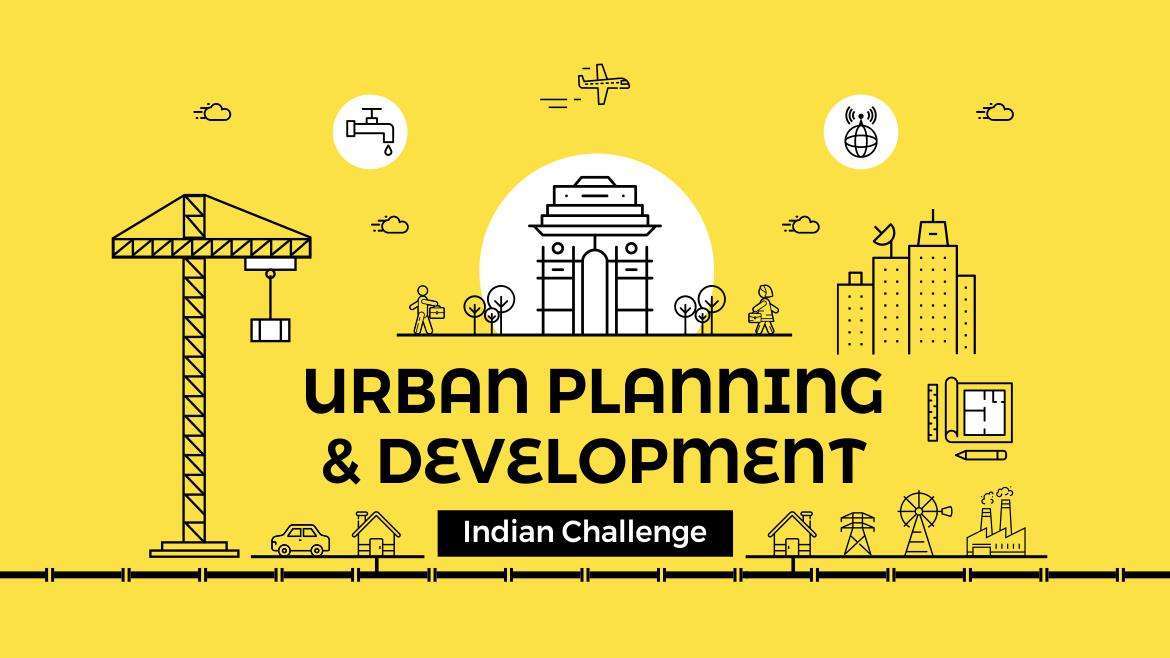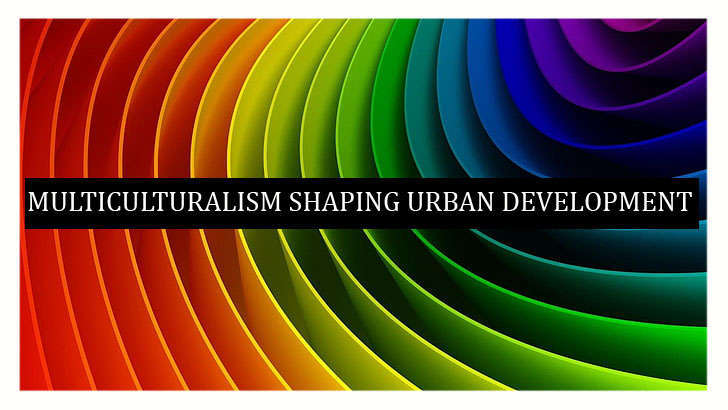Sustainable Urbanism: Gap Between Policy and Reality
Sustainable Urbanism:
Gap between Policy and Reality
India's Urbanization
rate has been increasing at a magnifying rate in recent years. According to the
world bank, around 34 % of the Indian population resides in the urban area
With the recent space
and resource scarcity issues, Sustainable Urbanism seems like a reliable and
future-proof opportunity. Sustainable Urbanism entails mixed land use connected
by a multi-modal transportation network with sufficient open spaces that
resembles compactness. It will lead to the reduction of resources plus land
consumption.
Sustainable Urbanism
shows potential through various approaches. Ensuring compactness is a crucial
aspect in achieving sustainability as it will help in low energy consumption
while promoting public transport usage and usage of non-motorized vehicles.
Like, Metropolitan cities in India with high populations have the potential to
instill compactness.
Environmental
conservation, through the management of wastelands and natural biodiversity.
Like, attractive biodiversity parks and open spaces created from the wasteland
in the urban areas could be the solution. In Delhi, where the degrading air
quality is very much prominent because of increasing pollution and greenhouse
gas emissions, the authorities have taken up the climate change action plan to
combat these issues. Taking up such initiatives for climate change provides the
potential for sustainable Urbanism through infrastructure development,
addressing slum issues, improved accessibility, etc.
Despite having great
potential, but there are significant challenges while implementing it
practically. The recent Urbanism is primarily portrayed by its economic profit
generation goal, rather than its sustainable aspect, as was promised by it. It
is evident by the current technological paradigm shift, as can be seen in the
case of Smart City Development Plans that is focused mainly on data and
technology. It creates a fragile balance in urban systems. Most of the major
cities in India do not have the capacity or resources to enable sustainable
development. The Lack of Multi-stakeholder cooperation, community-level
participation can possess fundamental challenges in achieving sustainability in
Indian cities.
References
World
Bank , 2018. Uban Population (% of total population) - India, Washington
DC: World Bank Group.
Related Articles

Urban Renewal

Importance of developing quality social spaces during COVID-19

The New Landscape; Urbanisation in the third world

PLANNING IN INDIA




